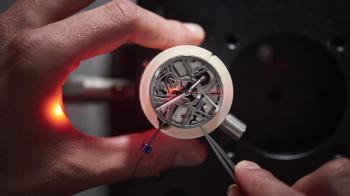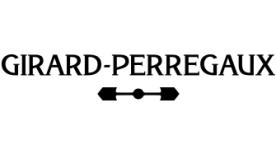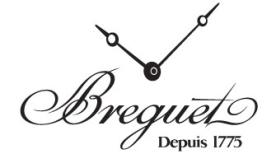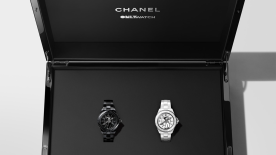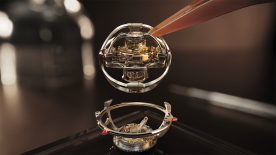Radical Innovation
If the first category of precision improvements is based on isolating, upgrading and compensating methods for existing watchmaking concepts, the second – and more intriguing – category takes a blue-sky approach to advancing chronometry. Nothing is sacred, not even the most fundamental horological axioms and assumptions. Rules are seen for the breakable, fallible constructs that they are. It is in this second category that you find radical innovation. You find iconoclasm. You find revolution.
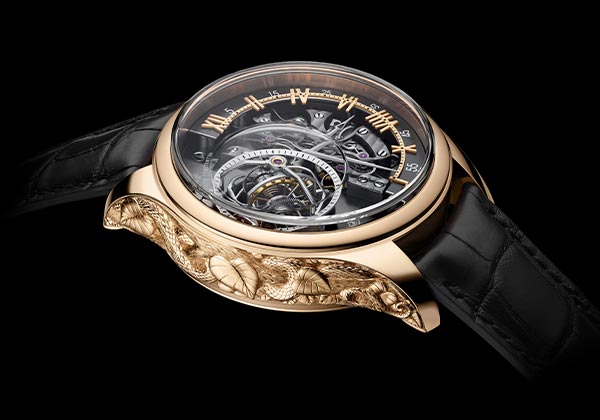
Innovators in this category do not behave as innovators of the first category do. They do not hide or guard their secrets; they see their discoveries as new gospels and they assume an evangelical duty. The Horological Résonique principle, incorporating acoustic resonators and magnetic escapements, developed by De Bethune’s Denis Flageollet, was published as an open-source study in 2012 for anyone who wished to pursue the data further. The mechanism that first saw life as a Rolex experimental prototype and eventually became the Girard-Perregaux Constant Escapement (2013) first occurred to its inventor, Nicolas Dehon, in a flash, like St Paul receiving divine revelation on the road to Damascus (or on the train to Le Locle). The Genequand escapement of Vaucher Manufacture, which had its proof of concept in the Parmigiani Fleurier Senfine (2016), was detailed in a paper released by the Centre Suisse d’Électronique et de Microtechnique (CSEM). The Armin Strom Mirrored Force Resonance, also a 2016 release, is another creation validated by a comprehensive CSEM report. These concepts, seen as wildly esoteric and detached from watchmaking reality when first announced, will eventually filter through different stages of acceptance and adaptation. They will become the next generation of solutions in the upgrade class of watch precision innovations.
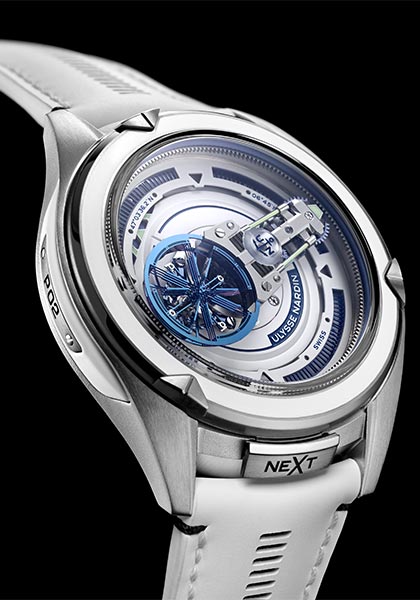
In the hierarchy of mechanical improvements (much like in the context of child-rearing), solutions based on isolation and compensation might be less appealing from an engineering standpoint, because they don’t fundamentally eliminate the problem, they merely circumvent or counter-balance it. (Getting your kid into an elite football camp doesn’t change the fact that he flunked half his mid-year exams.) Whether or not this is a useful distinction is debatable, as there is no shortage isolationor compensation-based precision innovations that are as deeply exciting and insightful as any messianic new escapement. The Cartier Astrorégulateur (2011) was a clear-cut illustration of the combined isolation-compensation approach to precision, with a weighted free-rotating balance and escapement that invariably maintained its orientation relative to the ground, no matter what position the watch itself was in. If there’s one person who could definitively solve the intractable problem that has plagued mankind since the invention of breakfast – the problem of dropped toast always landing butter- or jam-side down – that person would be the woman behind the Cartier Astrorégulateur, Carole Forestier-Kasapi.

Although several brands such as Breguet (Type XXII, 2010), Chopard (LUC 8HF, 2012) and, more recently, Zenith (Defy Lab, 2017) have plunged into the realm of high-frequency escapements, it is TAG Heuer that remains the leader in terms of its depth of technical exploration. From 2011 to 2012, with the Mikrograph, Mikrotimer and the Mikrogirder, TAG Heuer showed that it was possible to create mechanical watches that could measure intervals of time as small as 0.0005s. The TAG Heuer Mikro watches were instruments so accurate that they exceeded human response times. Through persistence, TAG Heuer had built a machine that lay beyond our ability to use precisely. What need have we, as a race rushing to achieve perfection, for technology that so profoundly outpaces and outperforms us? What is accuracy without precision ?
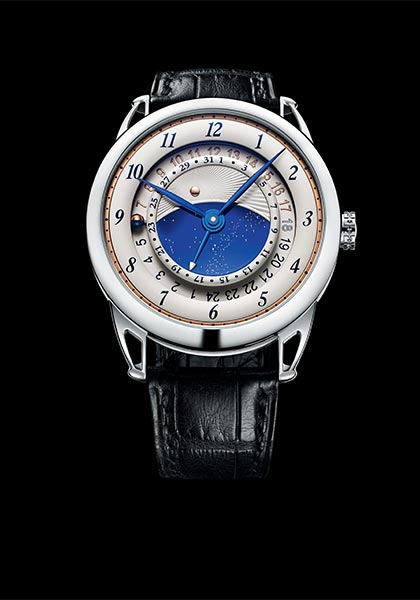
Multiple decimal places indicate accuracy, but precision is best exemplified by the figure that has nothing to the right of its decimal point. The prime directive of horology is always to simplify. The beauty and power of a mechanical movement lies in its clarity of expression, like the purest form of a mathematical equation. You upgrade a mathematical expression or a watch movement by refining it, distilling it, strengthening it, so that it becomes – for one abstract, infinite moment – perfect.

*On the occasion of GMT Magazine and WorldTempus' 20th anniversary, we have embarked on the ambitious project of summarising the last 20 years in watchmaking in The Millennium Watch Book, a big, beautifully laid out coffee table book. This article is an extract. The Millennium Watch Book is available on www.the-watch-book.com, in French and English, with a 10% discount if you use the following code: WT2021.
